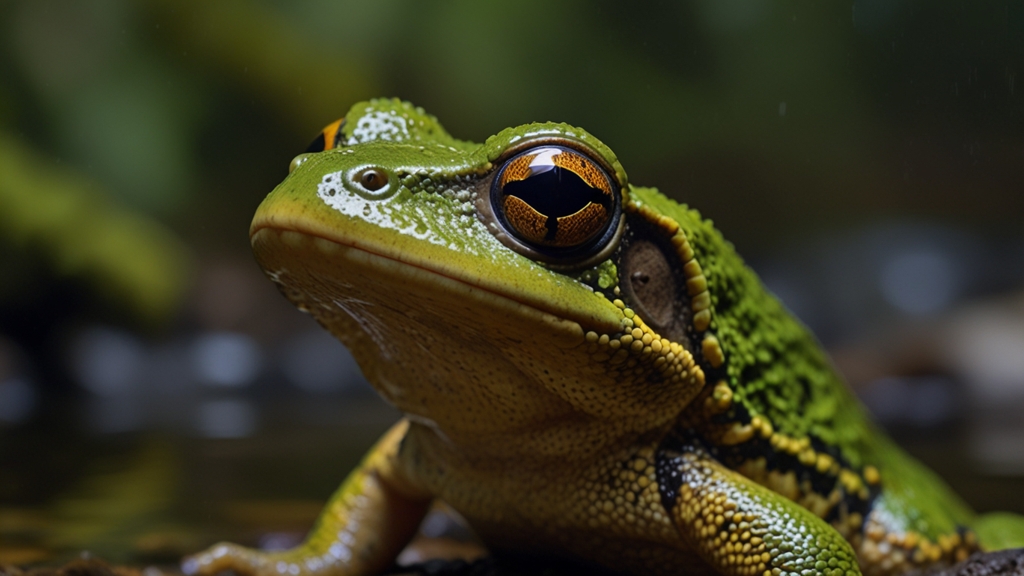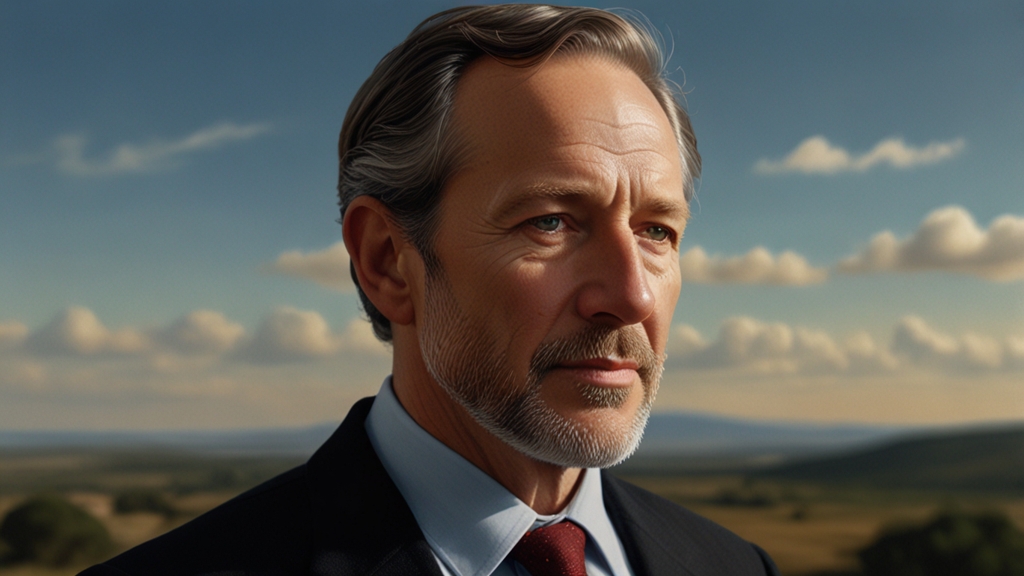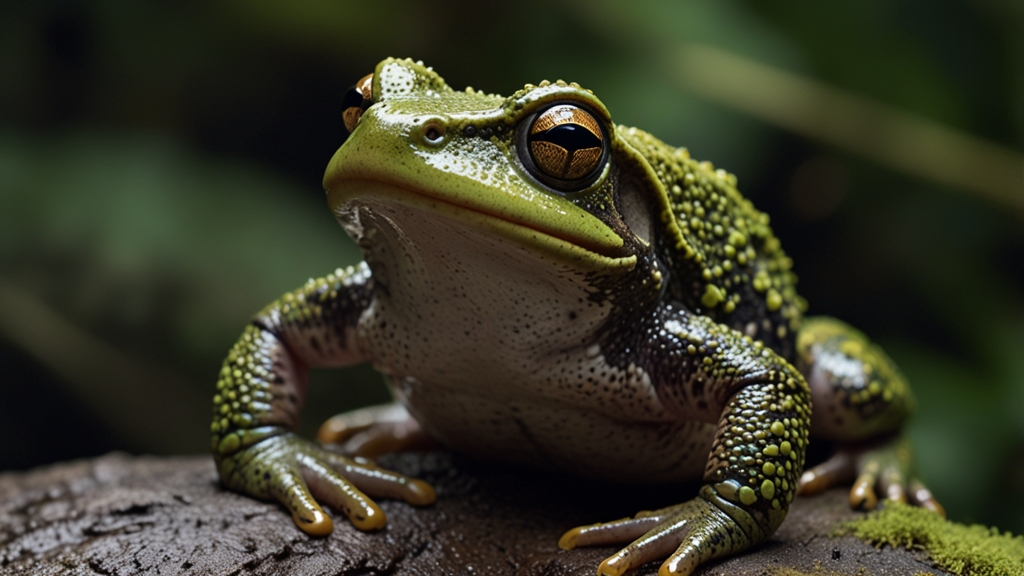Stories from the Frontlines of Wildlife Conservation
Wildlife conservation is a battle fought on many fronts, from the dense rainforests of the Amazon to the expansive savannahs of Africa. The heroes in these battles are often unseen and unsung, working tirelessly to protect endangered species and restore natural habitats. This article shares some of their remarkable stories, highlighting the challenges they face and the triumphs they achieve.
Defending the Amazon's Wildlife
The Amazon rainforest is home to an estimated 390 billion individual trees of about 16,000 species. It provides an essential habitat for a vast array of wildlife, including jaguars, sloths, and countless bird species. Unfortunately, deforestation and illegal activities pose a significant threat to this biodiversity.
"Working in the Amazon is challenging yet incredibly rewarding," says Maria Silva, a dedicated conservationist. "Every day, we face dangers from poachers and the harsh environment, but knowing that we're making a difference keeps us going."
Maria's team employs a range of strategies to combat these threats, from satellite monitoring to on-the-ground patrols. By collaborating with local communities, they create sustainable alternatives to deforestation, ensuring that both people and wildlife can thrive. Their efforts have contributed to a 20% decrease in illegal logging activities over the past five years.
Rescuing the African Elephants
African elephants are among the most majestic creatures on the planet, yet they face a dire threat from poaching. In many parts of Africa, conservationists risk their lives to protect these gentle giants.
"Seeing an elephant in the wild is a soul-stirring experience," recounts James Tshebo, a ranger in Kenya. "But when you come across a poached carcass, it's heartbreaking. It's why we do what we do; to ensure future generations can experience their grandeur."
James and his fellow rangers use advanced technology, such as drones and GPS collars, to track elephant movements and preempt poachers. They also engage in community outreach, educating locals about the importance of conservation and providing economic incentives to deter poaching.
Saving the Tigers of India
Tigers, the iconic big cats of Asia, are on the brink of extinction, with fewer than 4,000 left in the wild. In India, conservationists have been working tirelessly to reverse this trend through initiatives like Project Tiger.
Anita Singh, a biologist involved in the project, shares her experience:
"We often trek into the forest for days, setting up camera traps and conducting surveys. It's exhausting work, but when we capture an image of a healthy tiger in its natural habitat, it's all worth it."
Under Project Tiger, the Indian government has established several protected reserves, where strict anti-poaching measures are enforced. These efforts have yielded positive results, with the tiger population in India increasing by approximately 33% over the past decade.
The Role of Global Collaboration
While local initiatives are crucial, global collaboration plays an equally important role in wildlife conservation. International organizations, governments, and NGOs work together to share resources, knowledge, and strategies.
One such success story is the International Whaling Commission (IWC), which has significantly contributed to the recovery of whale populations worldwide. Despite facing political and cultural opposition, their persistent advocacy has led to a substantial decrease in commercial whaling.
Another example is the Global Tiger Forum, which unites countries like India, Russia, and Nepal in their efforts to save tigers. By sharing data and best practices, these nations have made significant strides in tiger conservation.
Conclusion: The Continuous Fight
The stories from the frontlines of wildlife conservation are as varied as the species and ecosystems they aim to protect. Despite the many challenges, from poaching to habitat destruction, the unwavering dedication of conservationists gives hope for a brighter future for our planet's wildlife. Through their relentless efforts and the support of local and global communities, these heroes continue to fight for a world where humans and wildlife can coexist harmoniously.
As we reflect on these stories, it's essential to recognize that wildlife conservation is not a battle that can be won overnight. It requires continuous effort, collaboration, and most importantly, the determination never to give up. The frontlines are everywhere, and every small act of conservation counts in this critical fight to preserve our natural world.










